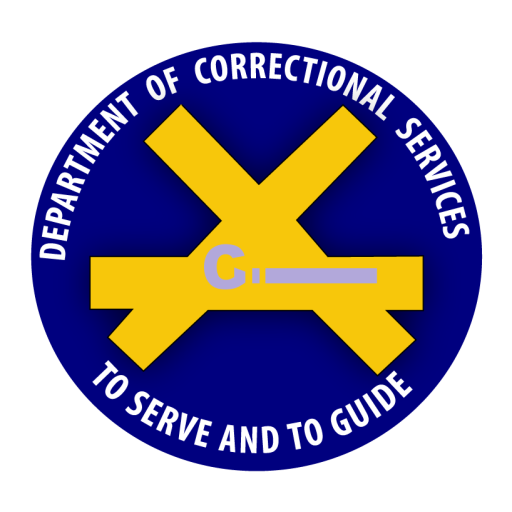About Us
Correctional Services in Jamaica is a department under the Ministry of National Security. Other major arms of the Ministry are the Police Force and the Jamaica Defence Force. The Judicial System falls under the Ministry of Justice. The Commissioner of Corrections is the chief executive officer who administers the Correctional programmes on behalf of the Government of Jamaica and reports to the Permanent Secretary of the Ministry of National Security.
Vision
A part of the criminal justice system, the Department of Correctional Services (DCS) contributes to public safety through safe custody and rehabilitation of offenders in its care and under supervision.
Mission
We contribute to national security by securing, supervising, rehabilitating and reintegrating offenders as productive and law-abiding citizens.
Overview & History
WE’VE COME A LONG WAY…
Prior to April 25, 1975, the roles and functions of the Department of Correctional Services were under three entities: Jamaica Prison Services, Probation Services and Approved Schools. The Prison Services is the oldest of the three, with its genesis being a response to the growing crime problem post Emancipation. Earlier prisons, such as the then St. Catherine District Prison were holding areas for slaves and, therefore, proved to be “readymade” penal institutions, following the abolition of slavery because they were designed to prevent escape.
Approved Schools were established out of the recognition that children had to be treated in separate environments from their adult counterparts. These institutions were operated largely by the Salvation Army and other Friendly Societies to provide skills training and life skills to help with the children’s rehabilitation.
The Probation Services in Jamaica also had its beginning with the Salvation Army. Before 1946 there was no proper probation system despite the Probation of Offenders Law being in operation from 1909.
Offenders, who were sentenced under that Law, were placed under the care of Salvation Army Officers. However, by the early 1940s the Government of Jamaica concluded that a “proper” system was needed.
In 1944 Mr. Odel Fleming was sent to England to receive formal training in Probation Services and in October, 1946 Mr. E. John Montgomery, an experienced Probation Officer in England, was engaged by the Government as the Chief Probation Officer with the mandate to set up the service and train officers. He was joined in January, 1947 by Mr. Fleming who assumed duties as Senior Probation Officer. After four years’ tour of service, Mr. Montgomery returned home to England, leaving the expansion of the Probation Services to the locals.
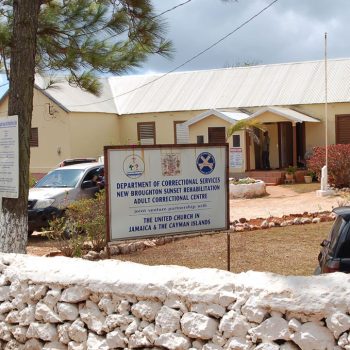
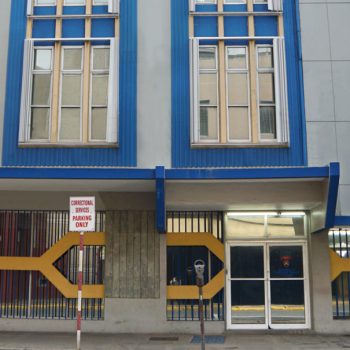
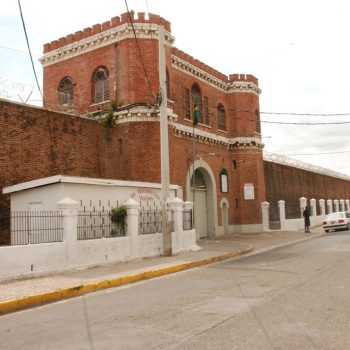
Amalgamation was more than a name change
Before amalgamation, the Jamaica Prison Services had eight prisons under its management. These were General Penitentiary, St. Catherine District Prison, Tamarind Farm Prison, Richmond Farm Prison, Fort Augusta Prison, Hill Top Prison – which then operated as a young prison for males between 18 and 21 years old – Gun Court Prison (South Camp Rehabilitation Centre), which was established a year before amalgamation (1974) and the Female Prison. The latter prison was first located in Manchioneal, Portland, but was relocated in 1845 to a newly built 100-women cell block at the General Penitentiary.
There were several Approved Schools across the island, many of which had between 10 and 15 wards. As a result, only the four Approved Schools that later formed part of the Department of Correctional Services will be mentioned in this article. These were: the Rio Cobre Approved School, Stony Hill Approved School, Armadale
Approved School and Lower Esher Approved School.
On the other hand, the Probation Services managed cases island-wide through four offices located in Kingston, Spanish Town, Montego Bay and Port Maria. The island was also regionalized into the Northern Circuit (Trelawny, St. James, Hanover, and Westmoreland),
Eastern Circuit (St. Thomas, Portland, St. Mary and St. Ann), Western Circuit (St. Catherine, Clarendon, St. Elizabeth and Manchester) with the main office serving Kingston and St. Andrew. In 1950 each circuit had one Probation Officer, while the main office had two. However, by the end of 1972 each circuit had an average of 11 Probation Officers per region.
The operations of the three entities had separate costs and, in many instances, each was duplicating services offered by the others. The conclusion then was that a merger would address this situation. That is when the Jamaica Prison Services, Probation Services and Approved Schools became one entity – the Department of Correctional Services.
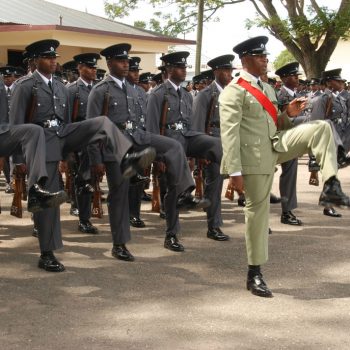


However, the amalgamation was not just about a name change. A new name was necessary to communicate the new thrust and philosophies that would guide its operation, but the “new” entity was a radically transformed organisation. By the late 1960s the Jamaican Government realized that it was lagging behind accepted international standards of treating with offenders. The world was moving away from an emphasis on retribution and punishment to rehabilitation and the malgamation
represented Jamaica’s move to catch up. It was now about correction and the offender management service was rebranded to show this.
The name changes were facilitated by section 86 of the Corrections Act, 1985. Prison Officers were now Correctional Officers and Probation Officers became Probation Aftercare Officers. The prisons also had name changes: General Penitentiary became Tower Street Adult Correctional Centre, while the others saw “Prison” being removed from their names and replaced by “Adult Correctional Centre.”
In 1975 the St. Jago Correctional Centre for Women was established to accommodate female inmates who were held separately at General Penitentiary. However, in 1988 the women were relocated to the Fort Augusta Adult Correctional Centre and to accommodate this, the male inmates were transferred to other correctional centres.
The Approved Schools became Juvenile Correctional Centres, with Stony Hill becoming a remand centre for boys and Hill Top Prison was reclassified as a Juvenile Correctional Centre.
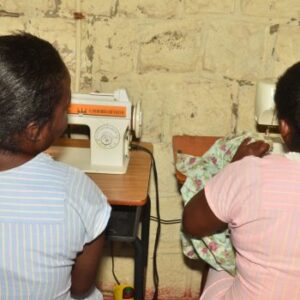


Mining of quarries discontinued
The idea of amalgamation was not welcomed by many staff because of uncertainties that come with such action. However, their fears quickly dissipated as it proved beneficial to staff and offenders alike. In keeping with the departure from the punitive approach to rehabilitation, the Government abandoned quarry mining by inmates. The mining of aggregates was previously done by inmates from General Penitentiary and St. Catherine District Prison at the Rockfort Quarry and St. Catherine Quarry – where the Quarry Hill community now sits.
The impetus to introduce rehabilitation programmes to offenders required improvement in the staff’s education and training. This brought with it improved salary packages and the structural changes in the organization also provided additional administrative positions, thereby increasing the prospect of promotion.
Custodial Services
Management of custodial Services is the remit of the Deputy Commissioner Custodial Services who is responsible for all adult and juvenile institutions as well as the transport centre, search team and operations and technical units.
Head Office
Little is known about the Head Office of the Department. Head Office houses the Office of the Commissioner and the support services. Major support services at central administration and incorporate the following. These units report directly to the Commissioner of Corrections:
- Accounts
- Rehabilitation
- Planning, Research and Evaluation
- Inspectorate
- Management Information System
- Corporate Communications and Public Relations
Human Resource Management
Human Resource Management falls under the supervision of the Senior Director of HRM and Administration and provides a coherent approach to the management of our most valued asset, the employees who individually and collectively contribute to the set goals and objectives of the organization. The following units fall within HRM and Administration:
- Probation Aftercare Services
- Personnel
- Registry
- Human Resource Development
- Training
- Industrial Relations
- Procurement
- Property


